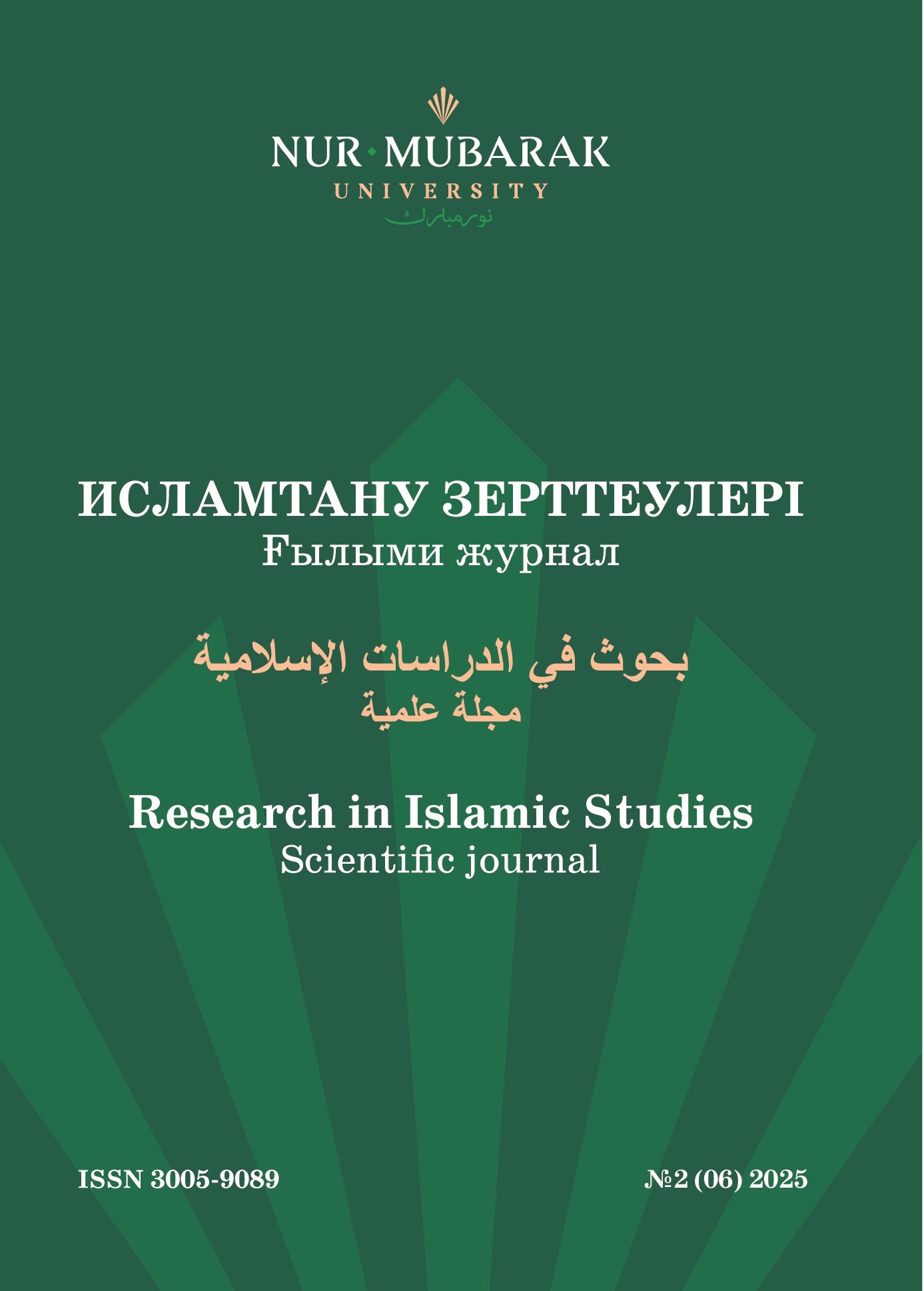Abstract
The teaching of the Khwajagan-Naqshbandiyya tariqa, founded in the 12th century by Khwaja ‘Abd al-Khaliq Ghijduwani, was developed by his disciples and fully formed during the time of its seventh master, Khwaja Baha’ al-Din Naqshband. It is considered one of the most advanced and refined teachings to have emerged in the history of Sufism.
This teaching is based on three fundamental principles: 1. adherence to Sharia and the Sunnah, 2. silent remembrance (dhikr-i khafi), 3. eleven “drops” (rashha): khush dar dam, nazar bar qadam, safar dar watan, khalwat dar anjuman, yadkard, bazgasht, nigahdasht, yaddasht, wuquf-i zamani, wuquf-i ‘adadi, and wuquf-i qalbi.
This doctrine played a crucial role in promoting and spreading a new, progressive form of Central Asian Sufism–socially engaged Sufism.
Furthermore, the centralized and refined method of training murids in the Khwajagan-Naqshbandiyya tariqa ensured internal cohesion and facilitated the tariqa’s rapid and broad dissemination.
The author of this article presents a concise summary of the foundational concepts and educational methods of the Khwajagan-Naqshbandiyya order, based on the ideas of its founders from Ghijduwani to Naqshband.



